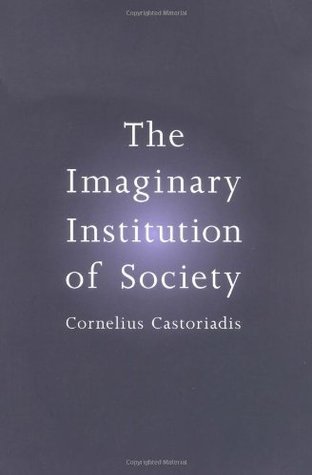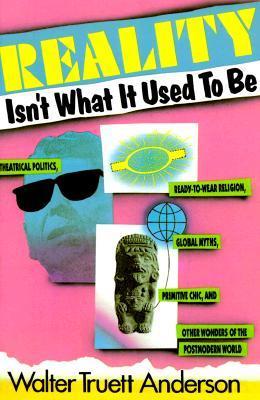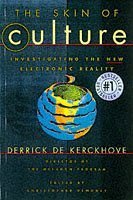
Simulacra and Simulation
Book Description
Reality is unraveling. In a world increasingly dominated by images and simulations, Jean Baudrillard unveils the chilling truth: what we perceive as real is merely a façade, a hyperreality masking our deepest fears and desires. As he delves into the intricate dance between symbols and society, each layer peeled reveals a stark confrontation with illusion and authenticity. Is it possible to reclaim genuine experience in a landscape flooded with its replicas? Dive into a provocative exploration that challenges the very fabric of existence—are we merely players in a simulation, or can we forge our own reality?
Quick Book Summary
"Simulacra and Simulation" by Jean Baudrillard is a profound philosophical treatise that investigates the shifting relationship between reality, symbols, and society. Baudrillard argues that in contemporary culture, the distinction between reality and representation has collapsed, leaving us in a condition of hyperreality where simulations—images and models with no original referent—are taken as more real than reality itself. Through incisive critique, he examines how media, politics, and technology craft and sustain these simulacra, ultimately leading society to operate within a network of signs devoid of authentic meaning. By dissecting the effects of simulation on truth, power, and experience, Baudrillard challenges readers to consider whether genuine experience or authenticity is still possible in an environment overwhelmed by copies and images. His work remains a seminal reflection on postmodernism and the illusions that shape our lives.
Summary of Key Ideas
Table of Contents
The Collapse of Reality and Representation
Baudrillard begins by charting the breakdown of boundaries between reality and representation in modern society. He suggests that, traditionally, images and symbols referred to an underlying reality or truth. However, as societies become increasingly saturated with images, the distinction between reality and representation diminishes. What was once a signified or a referent becomes lost, as images and symbols float free of their originals, creating a crisis of meaning where it becomes impossible to distinguish what is real from what is simulation.
The Proliferation of Simulacra
The proliferation of simulacra—the endless production of copies and images with no original—emerges as a defining feature of contemporary life. Baudrillard draws examples from media, advertising, and consumer culture to show how these copies substitute for reality itself. Rather than pointing back to something real, simulations evoke their own logic, generating a model of the world that is entirely self-referential. This transformation ultimately renders authenticity obsolete, as society comes to inhabit a landscape crafted by images, models, and codes.
Hyperreality and Its Consequences
Baudrillard famously introduces the concept of hyperreality, a state in which simulation becomes indistinguishable from and more real than reality. In hyperreality, simulated experiences—like those provided by theme parks, news media, or digital technologies—become preferred over direct engagement with the world. Individuals and institutions alike process information and experience through layers of simulation, resulting in desires and fears that are shaped by the logic of simulation rather than grounded in lived experience.
Media, Power, and the Manipulation of Meaning
A central focus of Baudrillard’s analysis is the role of media and power in producing and maintaining hyperreality. He argues that media outlets, political institutions, and technology systems coordinate to create and enforce consensus reality. Power operates not through direct coercion, but via the circulation of images, narratives, and signs. These entities control meaning and shape public consciousness, leaving little space for resistance or alternative interpretations. The result is a society guided by spectacle and manipulation rather than truth.
Possibility of Authentic Experience
Baudrillard closes by questioning whether authentic experience is still achievable. In a world defined by simulacra, he remains deeply skeptical but suggests that recognizing the mechanisms of simulation can provoke critical awareness. Rather than seeking some lost or pure reality, individuals can strive to understand the complexities of simulation and the seductive power of images. Baudrillard’s work ultimately invites a radical rethinking of truth, meaning, and freedom in an era governed by illusion.
Download This Summary
Get a free PDF of this summary instantly — no email required.





